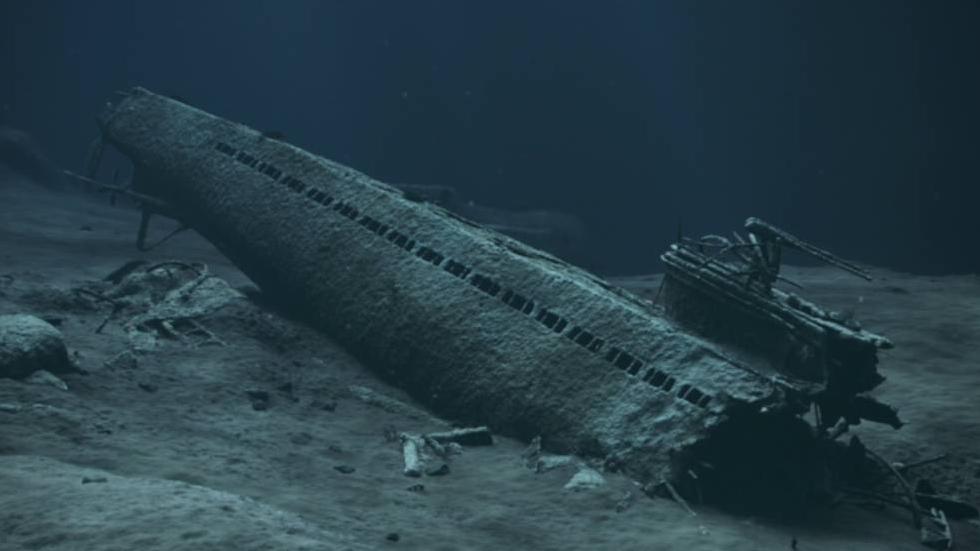A WW2 U-864 had become an environmental nightmare due to toxic cargo it holds.
Sunk off the coast of Norway in February 1945 while transporting advanced weapons technology to Japan, U-864 sits on the ocean floor with more than 60 tons of mercury on board.
Scroll Down for Video
There is great concern that this mercury would leak into the sea and cause substantial damage to the environment.
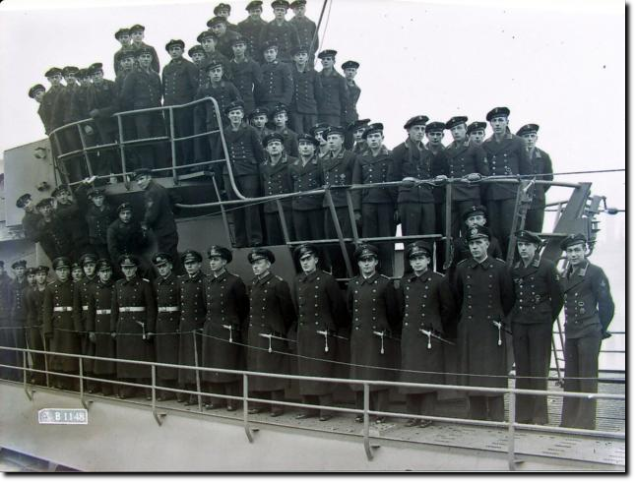
Residents had called on the government to remove the submarine but experts worried that moving it may lead to a catastrophic leak of mercury into the sea.
Instead, authorities decided to bury the sub under sand, rubble and concrete. The effect is similar to the sarcophagus erected over Chernobyl to contain the radioactivity from the nuclear disaster they had there.
The plan expected cost $32 million and it is should be completed in 2020.
The British learned of the Nazi’s secret mission, codenamed “Caesar,” by breaking a German code.
They learned that U-864 was planning to avoid Allied patrols in an effort to deliver jet engine parts, missile guidance systems, and mercury (to be used in producing weapons) to Japan.
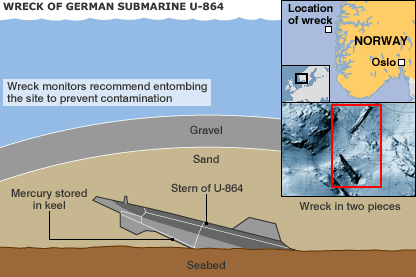
The British submarine HMS Venturer tracked the German sub for three hours before sinking it. The German ship was only 14 months old when it sank with 73 crew members in 500 feet of water.
It is the only known incident in naval history where one submarine sank another while both were submerged. During her time in service, U-864 was not credited with sinking or even damaging any Allied ships.
The sub lay at the bottom of the sea about two nautical miles off the coast of Fedje for 60 years before it was discovered by Norway’s Royal Navy in March 2003. The wreck lies in two large sections with a lot of debris from the midhip.
Interestingly, U-864 had no casualties among her crew until she was sunk.
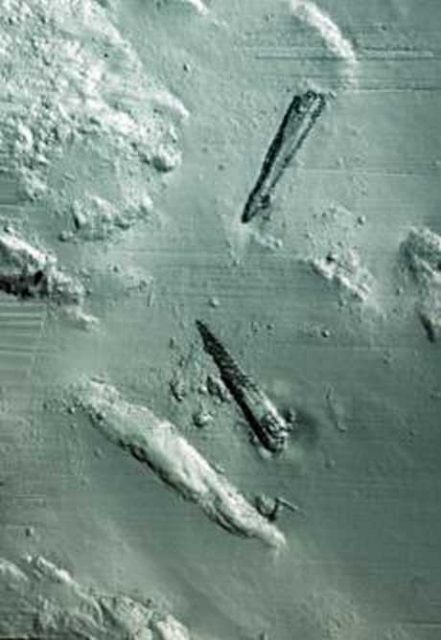
The containers that hold the mercury are rusting and beginning to leak. It is estimated that only 4kg of mercury has leaked so far but even this amount has led to elevated mercury levels in the water there. As a result, fishing has been prohibited in the area.
Metallic mercury is the silver fluid that was used in thermometers at one time. When released into the sea, it is more dangerous than organic mercury. It can contaminate fish which then pass the mercury on to humans when eaten. Mercury poisoning can be lethal.
Even in small amounts, mercury can damage the nervous system and cause heart and kidney problems.
In 2003, the Norwegian Ministry of Fisheries and Coastal Affairs received a letter from Wolfgang Lauenstein which informed them of possible mercury on a sunken Uboat off of Fedje. The HnoMS Tyr then located the wreck.
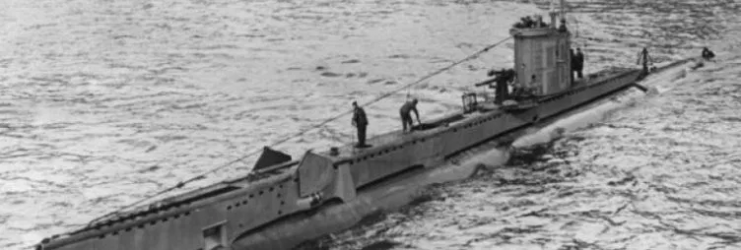
In 2004, a sample of sediment surrounding the wreck indicated a higher concentration of mercury than the normal background. At this point the government began an annual sampling of fish and shellfish from the area.
In 2005, the Norwegian Food Safety Authority recommended that pregnant women and children should avoid eating seafood from the region of the wreck. A survey was conducted to determine the scale of the affected area.
Another survey of the wreck and the surrounding seabed took place in 2006. The stern section of the sub tilted during the survey which made further inspection of the keel impossible.
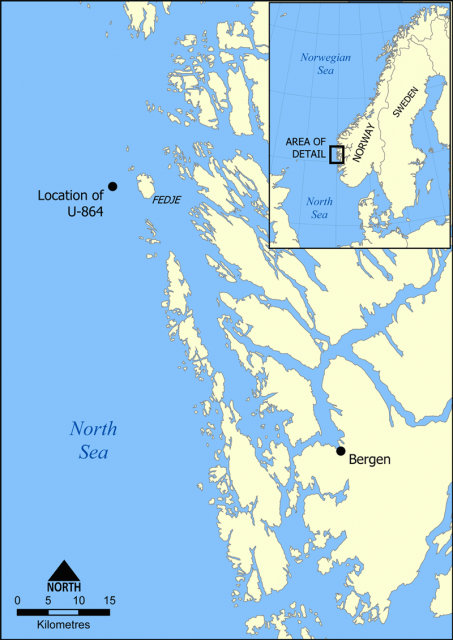
At this point the government banned fishing and underwater equipment in the area of the wreck.
In 2007, the Ministry of Fisheries and Coastal Affairs decided to cap the wreck. But this was delayed as others in the government wanted to examine the possibility of salvaging the wreck.
Another Article From Us: Divers Use WW2 Equipment To Return A Crew Member To USS Arizona
They proceeded from that point to examine both options, ultimately deciding to cap it.
